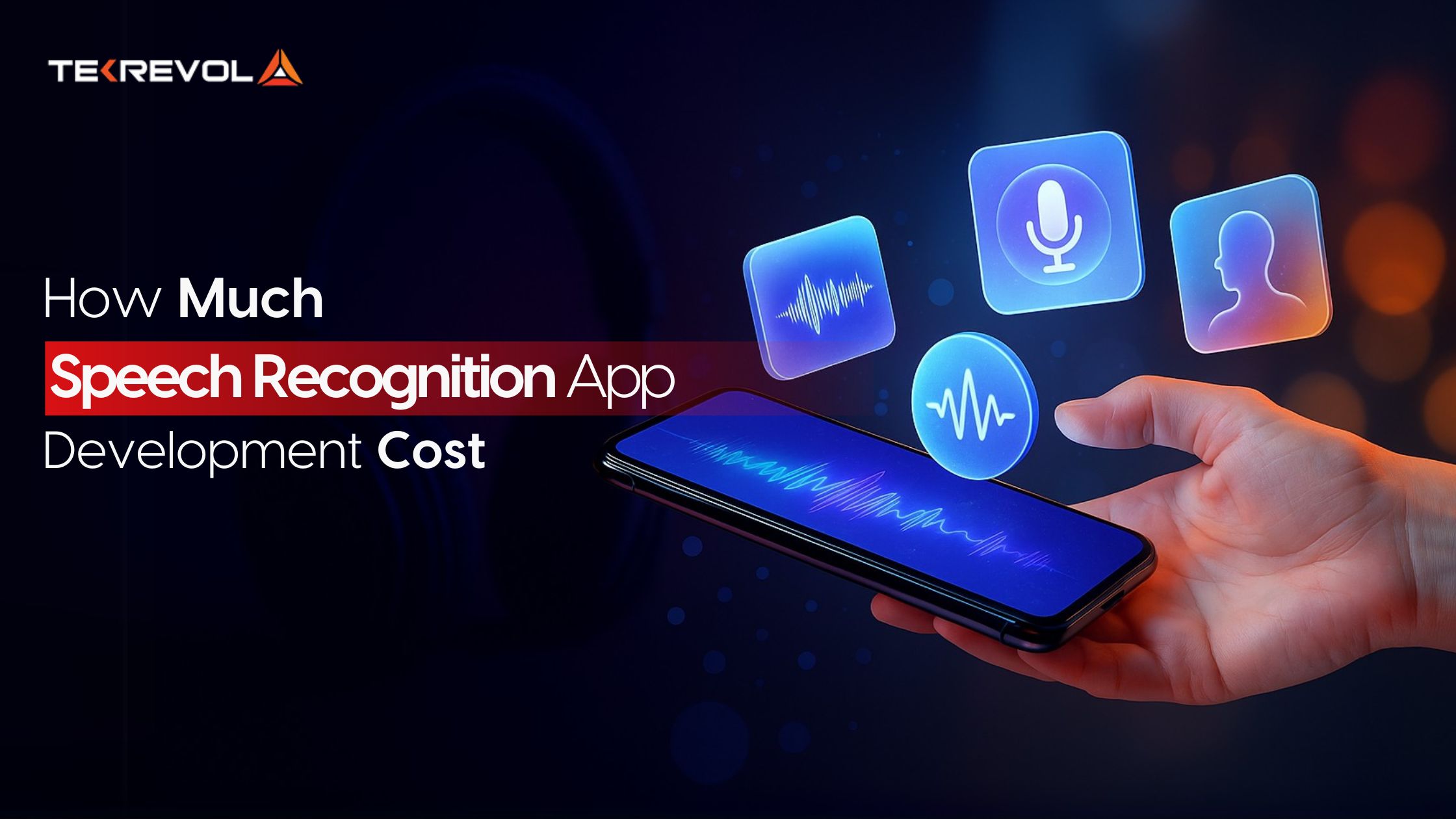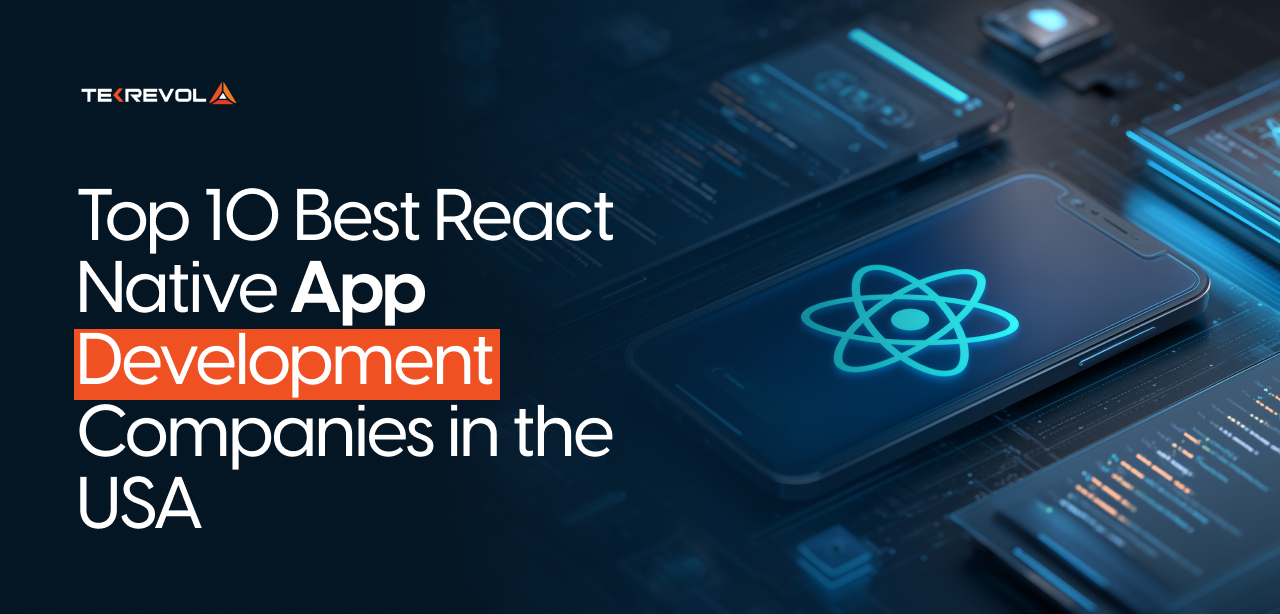“Ever yelled at your phone like an old friend who owes you money, only for Siri to suggest something completely unhelpful, like searching for ‘nearby ferrets’ when you clearly said ‘nearest florist’?
Ah, the quirks of speech recognition! The truth is, getting an app that understands us just like our best friend isn’t just about integrating a clever AI – it’s about serious time, effort, and yes, dollars.
If you’re considering creating your speech recognition app that doesn’t make users want to toss their phone out a window, the first big question on your mind is probably the cost.
From the initial development stages to ongoing maintenance costs (and those sneaky little fees no one warns you about), there’s a lot to unpack.
The good news? This guide lays it all out for you, minus the tech jargon, so you can plan your budget like a pro. Let’s decode those dollar signs and start building!”
What is a Speech Recognition App?
Speech recognition apps are like having a personal assistant who’s completely devoted to you and won’t have to take a coffee break! These apps are capable of detecting and transcribing speech as well as recognizing verbal commands and even executing fairly sophisticated tasks. For example, if you say,
“Send a text to John that says I am going to be 10 minutes late,” it will.
Speech recognition apps are similar to voice recognition. However, voice recognition tolerates unknown sources, whereas speech recognition can discern what is being said. This is similar to telling the difference between Adele singing and differentiating what her song lyrics say.
Popular Use Cases
These apps are not just for setting alarms and texting moms. Speech recognition technology has a wide array of applications.
- Virtual Assistants: Siri, Amazon Alexa, and Google Assistant are prime examples. These apps are designed to make interactions with devices seamless.
- Healthcare: Doctors use speech recognition apps to dictate medical records, saving valuable time.
- Customer Service: Automated customer call centers now rely heavily on advanced speech recognition. You’ve likely used one when yelling at a robot to connect you to a “real person.”
- Education: Apps that transcribe lectures for students or help kids learn language phonetics fall under this category.
Speech recognition apps aren’t just gadgets; they’ve become essential tools across industries.
Why Invest in a Speech Recognition App?
The speech recognition marketplace is on the rise and does not appear to be slowing down.
According to recent information, the global speech and voice recognition market is projected to reach $31.82 billion by 2027, with a compound annual growth rate (CAGR) of 19.6% through 2020. Automotive, healthcare, and retail have been the biggest drivers of technology investment and innovation.
Take smart assistants, for instance. They are not just relegated to communicating random trivia. Alexa is available in cars, refrigerators, and hotel rooms. Speech recognition is no longer a luxury; it has now become an engine for business innovation.
Benefits for Businesses
Why should businesses care? Here are a few reasons why enterprises are throwing money at this tech like confetti at a wedding.
- Enhanced Customer Experience: Voice commands make apps intuitive. Whether it’s someone adding items to their grocery list or managing retail transactions, voice functionality improves usability.
- Operational Efficiency: Speech recognition apps automate routine tasks. A doctor dictating notes cuts the time spent typing records, which translates to better efficiency.
- Competitive Edge: Think of it as inviting technology to your secret boardroom. Businesses using AI speech app development are staying ahead in an ultra-competitive market.
Investing in a speech recognition app is not just an option; it’s becoming mandatory for staying relevant.
- Ready to make your app the next big thing?
- Let’s turn your speech recognition dreams into reality—without breaking the bank.
Factors Influencing Speech Recognition App Development Cost
Ah, now to the juicy part. Why does one app cost $30,000 while another racks up a $300,000 invoice from developers? Multiple factors influence voice recognition app pricing.
-
Complexity of Features
Ever notice how your simple weather app isn’t trying to predict climate change? Features (and their complexity) dictate price. A basic speech recognition app may just convert dictation text, while advanced apps might come with multi-language support, offline functionality, or machine learning-based personalization.
For example, apps like Siri use Natural Language Processing (NLP) and Machine Learning (ML) to analyze speech in real time. Fancy algorithms aren’t cheap, but they’re essential for apps with advanced interaction.
-
Technology Stack
Choosing the tech stack can be like assembling IKEA furniture without the instructions. Frameworks like TensorFlow or APIs like Google Cloud Speech-to-Text can save development time (and money). But integrating these tools adds to initial costs, which is crucial to factor into your estimates.
-
Design and User Experience
You thought tech was everything? Not so fast. A speech recognition app with a terrible UI/UX design can turn users off faster than a traffic ticket. Ergonomic navigation and accessibility measures (like pairing the app with hearing aids) might bump your budget again, but they ensure success long term.
-
Platform Compatibility
Want your app to be on Android? No problem. Want it on iOS too? Great. Throw in a web platform, and now you have costs multiplied. Cross-platform compatibility (or lack thereof) is a big factor when estimating the cost to build a voice recognition app. That’s why many developers suggest starting small and scaling later.
-
Development Team Location
Here’s where geography matters. Development teams in North America charge anywhere between $100–$200 per hour. Meanwhile, equally skilled developers in South Asia might charge $20–$50 per hour. If you’re willing to outsource, you can significantly reduce AI speech app development costs.
-
Third-Party API Integration
Most apps don’t build every single feature from scratch. Integrating third-party APIs for text-to-speech or sentiment analysis speeds up development but also brings additional licensing fees.
-
Scalability and Maintenance
Here’s the hidden truth no one mentions during the sales pitch. The initial cost of developing your app is just the beginning. If you want ongoing updates, server scaling, and bug fixes, put aside an extra budget for maintenance.
Too much to absorb? Here’s a summary of whatever we said above!
| Factor | Description | Impact on Cost |
| Complexity of Features | Advanced features like multi-language support, offline access, and machine learning personalization increase costs. | Higher complexity leads to higher development costs. |
| Platform Compatibility | Apps built for multiple platforms (Android, iOS, web) require additional development work. | Building for multiple platforms multiplies the cost. |
| Technology Stack | Tools like TensorFlow or APIs like Google Cloud Speech-to-Text save time but add initial expenses. | Advanced tools and integrations increase upfront costs. |
| Design and User Experience | Poor UI/UX can hinder app success. Accessibility and ergonomic design provide long-term benefits but add to the budget. | Investing in quality design increases initial expenses. |
| Development Team Location | Developers in regions like North America charge $100–$200/hour, whereas South Asia offers rates of $20–$50/hour. | Outsourcing to affordable regions drastically reduces costs. |
| Third-Party API Integration | APIs for features like text-to-speech and sentiment analysis reduce development time but come with licensing fees. | Licensing and integration costs can increase overall expenses. |
| Scalability and Maintenance | Ongoing costs for updates, server scaling, and bug fixes are essential for long-term app performance. | Long-term maintenance adds to the total cost post-launch. |
Cost Breakdown of Speech Recognition App Development
Here’s a breakdown of the cost of your dream app based on complexity levels.
-
Basic App ($25,000–$50,000)
Features include dictation, basic speech-to-text functionality, and one platform. Ideal for startups working with an MVP concept.
-
Medium Complexity App ($50,000–$100,000)
These apps support multiple languages, integrate NLP, and may offer some offline functionality. Examples include mid-tier virtual assistants or industry-specific apps like medical transcribers.
-
Advanced App ($100,000–$300,000+)
Now we’re talking Siri-level sophistication. Apps come with real-time translations, machine learning-based personalization, and enhanced security protocols. Great for enterprises looking to scale globally.
- Wondering how much your app will cost?
Steps to Develop a Speech Recognition App
Building an app is a marathon, not a sprint. Here’s a step-by-step breakdown of the development process.
-
Define Objectives and Features
Before hiring anyone, figure out what problem your app will solve. Is it for corporate users automating tasks? Or maybe it’s a healthcare app recording diagnoses? Define your feature set early to avoid unnecessary detours later.
-
Research and Planning
Know thy competitors. A deep-dive into the market will help identify gaps you can exploit. Plan your budget realistically and build a roadmap.
-
Choose the Right Technology Stack
Your toolbox should include NLP and speech APIs like Dialogflow or Microsoft Azure’s Speech SDK. Opting for open-source tools can also reduce development expenses.
-
Design and Prototyping
Start with wireframes and mockups. Invest in usability testing with target users to refine the layout. The smoother the app looks, the better it will sell.
-
Development and Testing
Split this stage between backend development (for data processing) and frontend development (what users interact with). Pay close attention to bug-testing and scalability before launching.
-
Deployment and Maintenance
Build once, publish everywhere. Once your app is live on platforms, monitor its performance and collect user feedback to release timely updates. Maintenance budgets are your best friend for long-term app success.
| Step | Description | Key Focus |
| Define Objectives and Features | Identify the problem your app will solve and clearly outline the required features. | Align the feature set with app goals and user needs. |
| Research and Planning | Analyze competitors, identify market gaps, and create a realistic roadmap. | Conduct thorough market research and budgeting. |
| Choose the Right Technology Stack | Select tools like NLP frameworks and APIs (e.g., Dialogflow, Azure Speech SDK). | Optimize for efficiency while managing costs. |
| Design and Prototyping | Develop wireframes and mockups; test with users to refine the interface. | Ensure usability and an intuitive user experience. |
| Development and Testing | Build backend and frontend components, focusing on functionality and scalability. | Execute rigorous bug-testing and scalability checks. |
| Deployment and Maintenance | Launch the app across desired platforms and continually update based on feedback. | Monitor app performance and plan regular updates. |
How to Optimize Development Costs
Developing a speech recognition app doesn’t mean emptying your bank account. Smart strategies can help you build a high-quality app without overextending your budget.
Below are four practical ways to optimize your development costs while still delivering a standout product that meets user expectations.
-
Prioritize Features
When you’re working on a budget, it’s tempting to cram every bell and whistle into your app. But do you need advanced sentiment analysis or predictive text generation right out of the gate? Probably not. The best approach is to focus on building a Minimum Viable Product (MVP) to get your app off the ground.
This strategy saves time and money during development. By narrowing your initial focus, you also reduce project complexity, which minimizes debugging and testing costs. Plus, launching with an MVP enables you to gauge user feedback early, ensuring future updates truly align with what your audience needs.
-
Use Open-Source Tools
If you don’t utilize pre-existing frameworks and libraries, you will be essentially re-inventing the wheel. Open-source AI speech app development softwares provide a world of functionalities that will save you time and money.
Consider TensorFlow or PyTorch, two popular frameworks for machine learning. Frameworks like these have voice recognition models that can be used out of the box, enabling you to skip going from scratch on algorithms.
Similarly, APIs such as Google Speech-to-Text or IBM Watson Speech Services come with powerful transcription and sentiment analysis features. Using products like this eliminates a significant portion of the backend development time.
-
Outsource Development
It is great if you can hire an app dev team in your own geography and be sure to receive all the benefits associated with that, but you are likely to pay a lot more for development if you live in North America or Western Europe.
To illustrate, developers in the US charge $100–$200 per hour. When you use developers in South Asia, Eastern Europe, or Latin America, you can expect to get rates of $20–$50 per hour.
Therefore, using developers overseas can allow you to attain stack development for a lot less money than a U.S.–based developer, all without sacrificing quality, so long as you can partner with the right resources.
Clutch and Upwork are examples of platforms that help connect with development teams and those that may have experience building mostly voice recognition apps. Since voice recognition app development is a specialized skill, you want to make sure that whoever team you choose has a good track record of building speech recognition or voice recognition applications to ensure that you continue meeting expectations.
-
Use Cloud Services
Cloud computing services such as Amazon Web Services (AWS), Google Cloud Platform (GCP), and Microsoft Azure are all well-recognized solutions. Any of them can help you save money, since they utilize a pay-as-you-go model, which will only charge you for the resources you use.
When you get started with your app and attract those small initial users, you’ll spend little. Later on, when more users demand the app’s services, cloud platforms can elastically scale to meet the demand without any intervention on your part, ensuring a smooth product experience for your users without having to change infrastructure.
How does TekRevol help?
The apps developed by TekRevol utilize speech cognition technology to solve your varied business needs.
We utilize extensive technologies like machine learning (ML) and natural language processing (NLP) to ensure the app performs well and meets user satisfaction. We can support your needs without using all of your compensation through the effective use of open-source and cloud-based scaling options for our services.
From initial prototyping to post-launch maintenance, TekRevol offers end-to-end solutions designed to align with your unique goals. Whether you need an MVP or a feature-rich app, we’re here to turn your vision into reality.
- Want to save big on development?
- Let’s build your app smarter, faster, and that too within an affordable price range.











